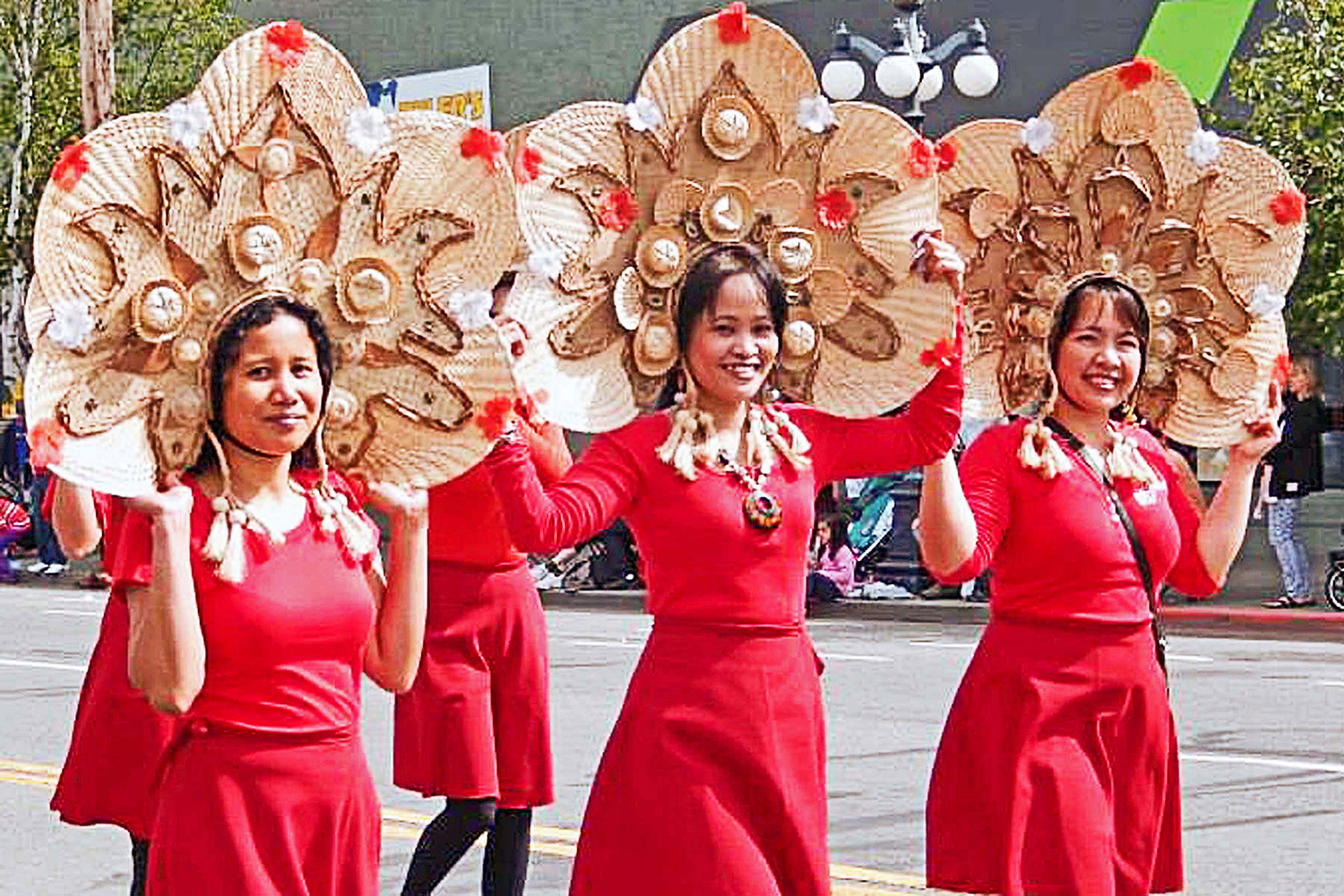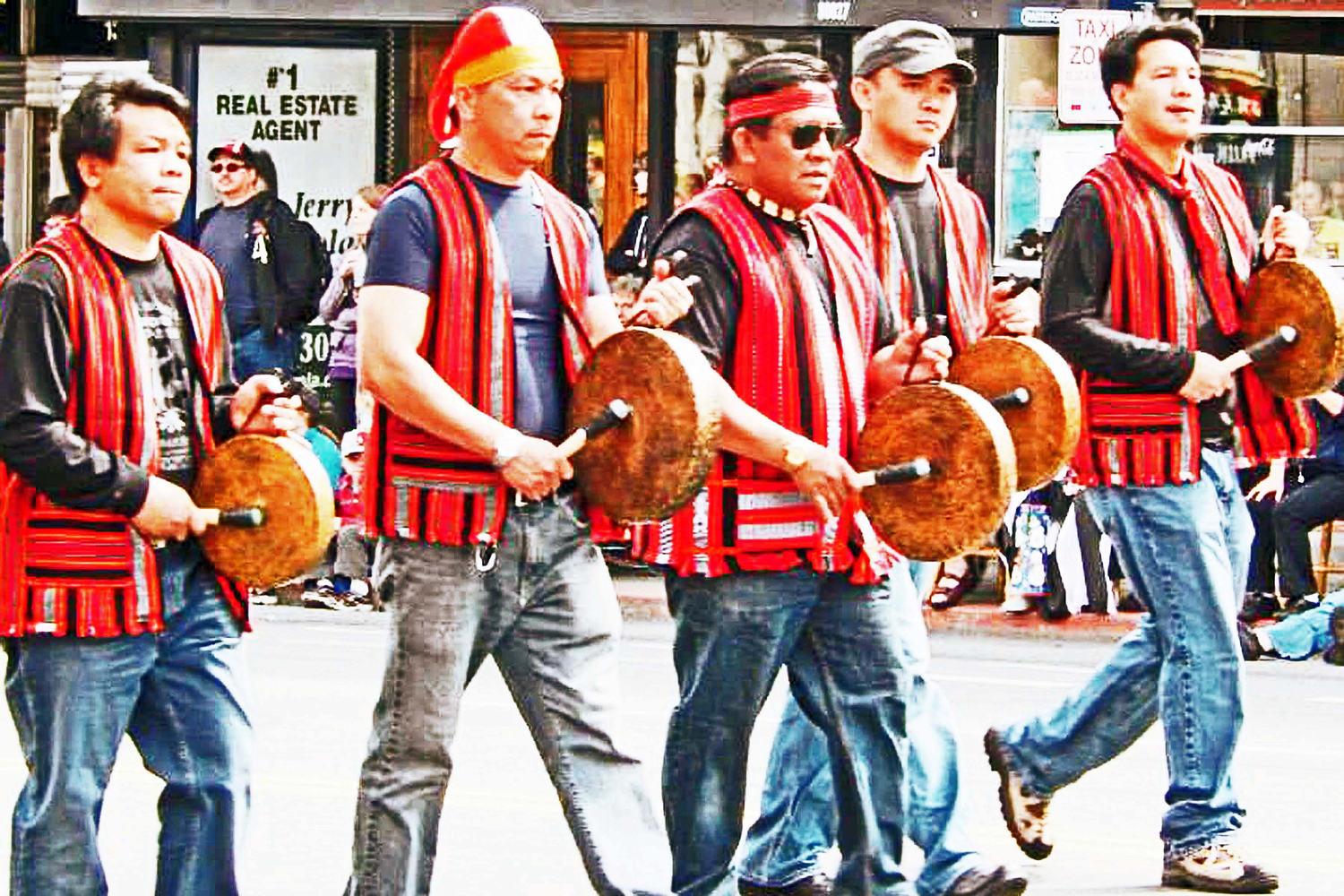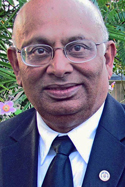Bayanihan Community Centre, Victoria BC, a Success Story
/The Bayanihan Community Centre, in a high-profile location in downtown Victoria, had its grand opening on November 3, 2001, with Philippines' Vancouver Consul General Zenaida Tacorda-Rabago, Victoria Mayor Alan Lowe, and federal Member of Parliament Gary Lunn, among others attending.
While the first Filipinos immigrated to Canada in 1930, two decades later there were just 10, mostly women nurses and teachers. A sizeable number came from the United States to renew their visas. Only a few decided to stay.
In the early '60s, there were 770. A handful was in Victoria, mostly professionals: two physicians, an engineer, and nurses.
On February 10, 1969, 15 Victoria Pinoys — all women in the health care field— established the first Filipino Canadian association in Canada, the Victoria Filipino Canadian Association (VFCA).
The organization faced continuous challenges prevalent in most Canadian cities: a preference for Philippine-region-centred or sport-focussed groups and attempts to establish alternate Pinoy groups because of personal cravings for titles.
A mortgage-burning ceremony, after a $250,000 was paid down in just five years, was held at the Bayanihan Community Centre on January 28, 2007, with dignitaries attending. They included Victoria Hillside Member of the Legislature Steve Orcherton [second from left], acting Philippines' Vancouver Consul General Raul Hernandez [third], provincial Community Services Minister Ida Chong [fourth], Victoria Mayor Alan Lowe [fifth], and Victoria City Councillors Charlayne Thornton-Joe and Helen Hughes [seventh and eighth].
VFCA ignored these idiosyncrasies, ensured that its leadership was not placed on a pedestal, and with tenacity, it quickly grew in stature and reputation in the community.
Its focus was on sharing Filipino culture — music, folk dance, food, traditions —and caring for all people.
VFCA believe it is important that Pinoys share the totality of Philippine culture, inclusive of all regions, with those of other cultures. One's cultural heritage is an important bond with the past, present and future. Heritage is an endowment to be shared with next generations.
In 1971, VFCA established the Sampaguita Folk Dancers group. It has received numerous performing arts festival awards over the years and performed at Vancouver Expo '86 and to world TV audiences of the 1994 Commonwealth Games in Victoria.
In 1978, the VFCA Carolers came together to spread Christmas cheer the Filipino way. For some years, VFCA also had a rondalla group.
With the number of Pinoy seniors growing, the Victoria Filipino Canadian Seniors' Association, under VFCA's auspices, received society status in 1988 with its focus on programs for the elderly.
In addition, with the influx in the ‘80s of Filipino contract workers, VFCA helped establish the Victoria Filipino Canadian Caregivers' Association in 1989 to meet their specific needs. Many found work as live-in caregivers and later became landed immigrants.
The next year, VFCA members approved a resolution to “put up a Filipino Cultural and Housing Centre in Victoria” and on April 12, 1991, the Bayanihan Cultural and Housing Society was incorporated.
Fundraising for the center began immediately. All monies raised were placed in an investment account with the proviso that not a single cent would be withdrawn until a property was purchased for a center. This was providential. It required discipline and diligence.
The Victoria Filipino Canadian Association's award-winning Sampaguita Dancers perform the tinikling dance at the annual Filipino Food Fiesta at the Bayanihan Community Centre. The fiesta, a fund-raiser for the centre, was first held in 2003.
Over 10 years, the account grew to $120,000, primarily through VFCA's food kiosk at the annual, weeklong Folkfest in the city. Folkfest closed in 1996, and since then the kiosk has sold Filipino food at the annual three-day Saanich Fall Fair.
Then there was a lucky break om February 2001. The British Columbia government announced a grant program for community projects. At the same time, an office building came up for sale on Blanshard Street, the main drag in downtown Victoria.
BCHS applied, lobbied and received a $215,000 provincial-government grant. In addition, armed with a credit-union mortgage plus the funds raised since 1990, it purchased the property on April 10.
From May to November, BCHS renovated the office building for a community center to include a commercial kitchen. Except for a few professionals, some 50 volunteers did the renovations.
The grand opening attended by federal, provincial and municipal VIPs was on November 3 and 4, 2001.
Canadians of Filipino ancestry dance along the route during the annual Victoria Day Parade in May. Members of the Victoria Filipino Canadian Association, the Victoria Filipino Canadian Seniors Association, the Victoria Filipino Canadian Caregivers Association and the Bayanihan Cultural and Housing Society have participated in the parade for decades under one banner.
The first participation was in 1972 and in 1998, the 100th anniversary of Philippine declaration of independence, the Victoria Filipino Canadian Association had more than 120 individuals in the award-winning Kalayaan '98 tableau showcasing five eras of Philippine history.
Another big break came in April 2002, when the Canada Customs and Revenue Agency designated BCHS as a "charitable organization" allowing donors to the center to get an income tax deduction. This increased donations for the center.
It also helped to raise funds for various charities including nearly $64,000 for victims of the 2013 Typhoon Haiyan in the Philippines. With matching grants from senior governments, the amount raised totaled $150,000 or 6.2 million pesos, dispersed by the Canadian Red Cross.
“A big part of the center’s success can be attributed to its financial management.”
BCHS reached a major milestone on January 28, 2007: it held a mortgage burning ceremony after the center became mortgage-free after paying down a $225,000-mortgage of in just five years. Provincial and municipal VIPs attended.
Over the 16 years since it opened, the center has been the venue for:
Sunday Open House Lunch prepared by volunteers;
the annual Filipino Food Fiesta, first held in 2003;
the Vancouver Philippine Consulate's outreach services, such as renewal of passports, getting visas, attesting to affidavits and other matters;
leadership, Food Safe, CPR and other training programs, and information workshops for caregivers and Temporary Foreign Workers;
Tagalog classes;
parties and other social events, including line-dancing, ballroom dancing and zumba;
programs with the InterCultural Association, Victoria Immigrant and Refugee Centre Society, and the Community Partnership Network providing various settlement and social services;
prayers for bereaved families and for religious observances.
In keeping with is vision of practicing charity, it regularly feeds the needy, hosting dinners for often up to 100 individuals. It has helped raise fund for the Nepal earthquake victims, helped a refugee family from South Sudan and is one of the sponsors of a young Syrian refugee family that includes two children below four years.
A big part of the center's success can be attributed to its financial management under three pillars:
The first is appropriateness of expenditures.
From the start, BCHS made it clear that position titles are only for assignment of responsibilities and protocol;
To avoid any conflict of interest or even the slightest perception of it in the center’s operation, BCHS decreed that no individual — whether a board member or a volunteer — has special entitlements, privileges or status. All are equal and are expected to work solely for the benefit of the center and the community, and not for personal aggrandizement, financial gain or other benefits.
Board members and volunteers are discouraged from offering special benefits to anyone at a cost to the center, no matter how small they may be. This remains a challenge because the baon tradition the reduced revenues.
The center also does not accept fundraising proposals that involve commissions or sharing proceeds with individuals or corporations.
Moreover, because the concept of selfless volunteering is not fully accepted, the four organizations recognize their volunteers for their work for the center at an annual Volunteer Appreciation Day.
The second pillar is accountability
The complete trust by Pinoys in the center’s financial management has resulted in no hesitancy in donating to the center. BCHS accounts for every donation. It publicly names donors and the amount donated on a nipa hut board in the center. Donations to the center in lieu of birthday or anniversary gifts are now common.
Monthly financial statements also report every donation.
BCHS is also required to prepare annual reports for the Canada Customs and Revenue Agency and the Registrar of Societies and file for GST rebates.
The third pillar is transparency.
At BCHS’s monthly board meetings, the treasurer provides a detailed monthly financial statement on revenue. Every cent is accounted for and the statement is available for public viewing.
Since BCHS's establishment in 1990, there has been a steady increase in the flow of Filipinos entering Canada and, in December 2008, the Philippines passed China as Canada's leading source of immigrants.
Today there are 840,000 people of Filipino descent in Canada, making it the third largest group of Asians, after Indians and Chinese. They are also the largest group from Southeast Asia.
One would expect that with the increase of Pinoys in Victoria -- today nearly 3,000 -- the Bayanihan Community Centre would be buzzing with programs and volunteers. Not so.
While the center is financially stable — no more mortgage and a healthy sum in the bank — and it has a high-profile, downtown location near major transit routes, the building is aging and requires expensive seismic upgrade, better heating/cooling indoors.
BCHS is now looking at options for the future while, at the same time, recognizing that many have made donations over the years to the center. It also still has to implement its mandate of providing affordable housing as part of the center.
Current operation of the centre is voluntary. However, the small core group that helps to run it have been doing so for many years. They are now in their sunset years and are being burned out.
There are only a few new volunteers, despite the dramatic increase in Pinoys. Most ethno-cultural communities that have a center face the same dilemma.
More Filipino Canadians during the annual Victoria Day Parade in May.
Volunteerism across Canada is declining. Less than four in 10 Canadians volunteer. The decline is most pronounced among persons aged 35 to 44. Also, fewer newcomers volunteer than Canadian-born.
Newcomers often never volunteered in their home countries. Some view volunteering as "help" while others as "work without pay." Some expect entitlement to some tangible benefits, not a selfless giving back to the community. And more women volunteer than men because in some cultures it is not "macho" to volunteer.
Also, many Pinoys in Victoria are now active in faith-based groups and feel no responsibility to share their heritage at the center. Despite this, those who do support and volunteer take great pride in having a center that other Canadian cities would like to have.
Philippine Consuls and groups in Vancouver have since 2001 asked BCHS for the secret of its success. It can be summed up in appropriateness, accountability and transparency in financial management, getting involved in charitable activities, being involved in the Canadian mosaic and offering programs for older and newer Pinoys in Victoria.
Recent consultation sessions on the center’s future had a unanimous conclusion: Do not close the Bayanihan Community Centre, the envy of other Canadian cities. Let us work on options to continue making it the pride of Pinoys in Victoria.
Ben Pires, a University of the Philippines graduate from India, now a Canadian citizen, was in the 1960s a U.P. Student Council member, managing editor of The Philippine Collegian, a U.P. Beta Sigma Fraternity member, president of the International Club of U.P. and the U.P. Journalism Club and correspondent for ABS-CBN TV News. He immigrated to Canada with his Filipina wife, Laila de Lara Pires, also a U.P. graduate, in 1969 and has been active since 1971 with the pinoy community in Victoria, British Columbia's capital, a city that named him an Honourary Citizen in 2000.







